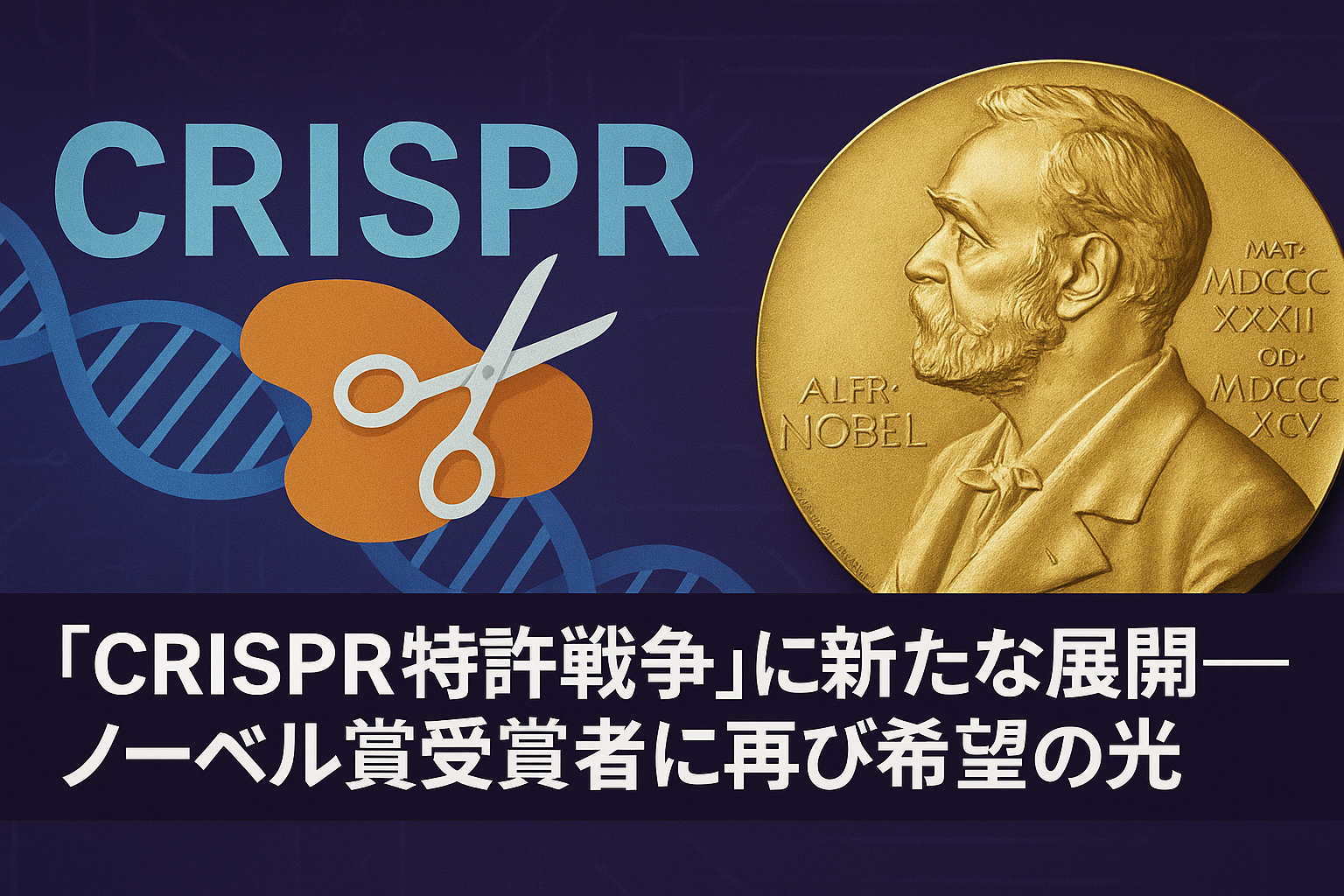CRISPR-Cas9, one of the most defining biotechnologies of the 21st century, has been at the center of a fierce patent war over the credit for its invention. On May 12, 2025, the U.S. Court of Appeals for the Federal Circuit issued a decision favoring Professor Jennifer Doudna of the University of California, Berkeley, and Professor Emmanuelle Charpentier of the Max Planck Institute. This ruling marks a major turning point in a legal dispute that has lasted more than a decade.
Why is the battle so intense?
CRISPR is a groundbreaking gene-editing technology that enables precise alterations to DNA and has already found widespread use in treating genetic diseases, agriculture, and biological research. Its economic value is estimated to be in the tens of billions of dollars—making it a true “goldmine” of modern science.
However, a heated intellectual property battle has raged over who should be recognized as the original inventors. The conflict has primarily involved the two Nobel Prize-winning scientists and Professor Feng Zhang of the Broad Institute, affiliated with MIT and Harvard University.
The Significance of the New Ruling
The court’s decision overturned a previous ruling by the Patent Trial and Appeal Board (PTAB), which had dismissed the duo’s claim on the grounds of “insufficient conception of the invention.” The new judgment orders a retrial and makes a crucial legal point: an invention does not have to work perfectly from the outset to be validly conceived.
This ruling affirms the iterative and trial-based nature of scientific innovation, offering encouragement not just to the two researchers, but to the scientific community at large.
At the Crossroads of Science and Law
With this decision, the fundamental question of “who invented what first” is once again back in the spotlight. Research notebooks and experimental records from 13 years ago will be re-examined, and the Broad Institute’s contributions during that period will be scrutinized in greater detail.
Ultimately, the case may even be brought before the U.S. Supreme Court. The legal journey is far from over.
Scientific Progress and Justice in Intellectual Property
Revolutionary technologies like CRISPR emerge from a combination of creative insight and countless cycles of trial and error. This ruling not only protects the reputations of two pioneering scientists but also reaffirms the principle that scientific achievement should be rightfully acknowledged.
In an era where intellectual property is a cornerstone of national and industrial competitiveness, the question of “who created what” has never been more important. As the case unfolds, it also presents an opportunity for society to reflect on how science and the law should interact moving forward.

